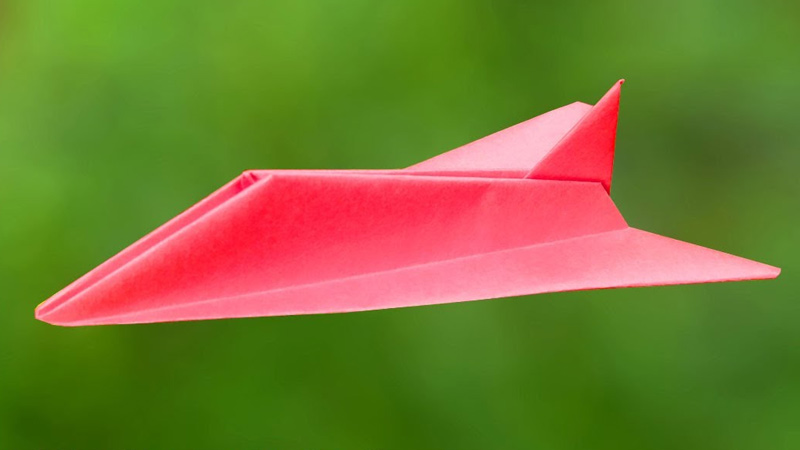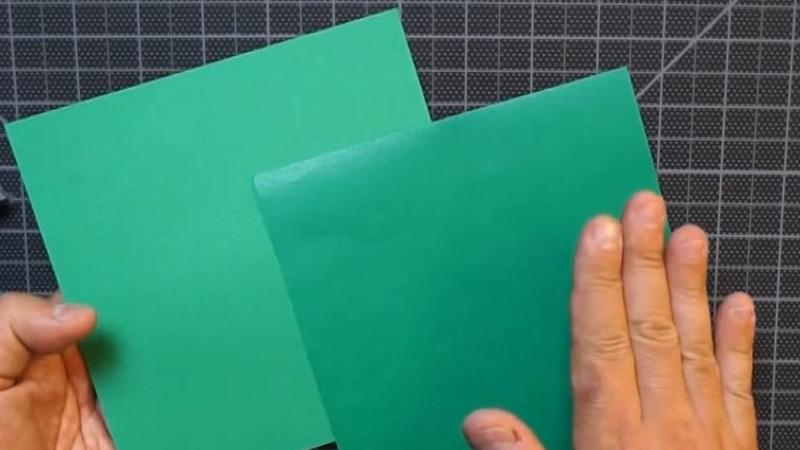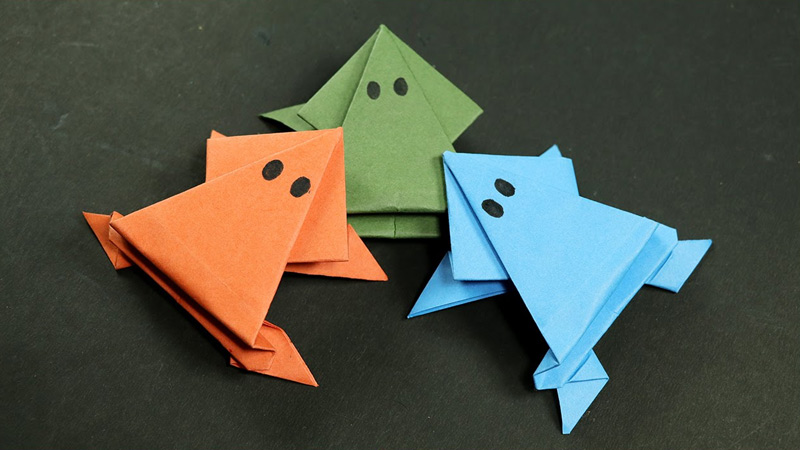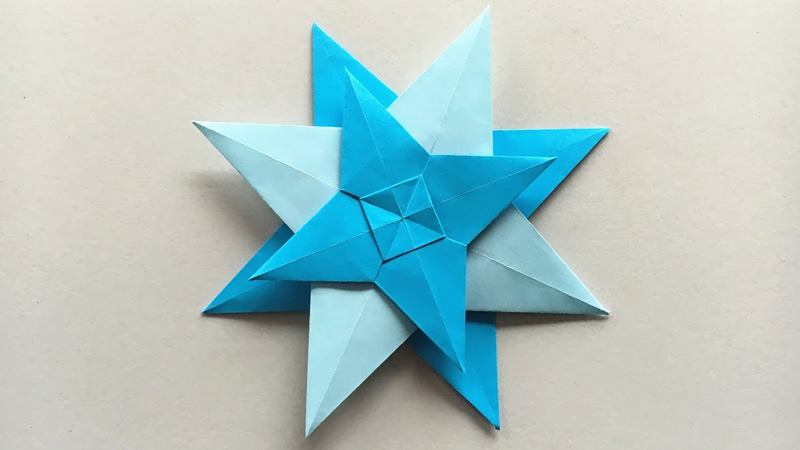GSM, or grams per square meter, is a crucial metric in the world of origami, the ancient Japanese art of paper folding. It defines the weight and thickness of the paper used to create intricate folded sculptures.
Origami enthusiasts carefully select papers based on their GSM rating to achieve their desired results.
Lighter weights, typically around 40-70 GSM, are favored for delicate, detailed designs, while standard origami paper, with a GSM of approximately 70-90, offers versatility for a wide range of projects.
Heavier weights, above 90 GSM, provide structural stability and support complex models. Understanding GSM is essential for crafting exquisite origami creations.

What GSM Is Origami Paper?
GSM, or grams per square meter, is a measure of paper weight commonly used in the paper and printing industry.
It determines the thickness and density of paper, and it plays a crucial role in various applications, including origami.
Origami is the traditional Japanese art of paper folding, where intricate and beautiful sculptures are created by folding a single sheet of paper into various shapes and forms.
The choice of paper in origami is of utmost importance, as it directly impacts the final result of the folded design.
Origami paper comes in various GSM ratings, and each rating serves a specific purpose in the art of paper folding.
Here’s how GSM is relevant to origami paper:
Lightweight Origami Paper (Around 40-70 GSM)
This type of paper is extremely thin and lightweight. It is commonly used for simple origami designs or when intricate details are required.
Due to its thinness, it is easier to fold and shape, making it suitable for delicate and precise folding. Lightweight origami paper is available in a wide range of colors and patterns, making it a popular choice for beginners and advanced origami enthusiasts alike.
Standard Origami Paper (Around 70-90 GSM)
Standard origami paper strikes a balance between thickness and ease of folding. It is versatile and can be used for a wide range of origami projects, from simple to complex. It is also available in various colors and patterns and is a common choice for many origami artists.
Heavyweight Origami Paper (Above 90 GSM)
Heavyweight origami paper is thicker and sturdier, making it suitable for more complex origami designs that require structural stability.
While it may be a bit more challenging to fold than lighter paper, it can hold its shape well, allowing for more intricate and impressive creations.
This type of paper is often used for origami models that need to stand on their own or have intricate details.
Specialty Origami Paper
In addition to the standard GSM categories mentioned above, there are specialty origami papers available. These can include double-sided paper, metallic paper, translucent paper, and even textured paper.
These specialty papers add unique characteristics to origami creations and are chosen based on the specific design and desired aesthetic.
Types of Origami Paper Based on GSM

Origami, the art of paper folding, offers a wide variety of paper options to cater to different preferences and project requirements.
Here are some common types of origami paper based on GSM:
Standard Origami Paper (Kami)
Standard origami paper, often referred to as kami, is a versatile choice for a wide range of origami projects. It’s typically square, comes in an array of colors, and has a GSM rating of around 70-90.
Kami is known for its ease of folding, making it ideal for beginners and intricate designs alike.
Washi Paper
Washi paper is cherished for its traditional Japanese heritage. Made from natural plant fibers, it boasts remarkable strength and durability.
Washi paper adds an authentic and rustic quality to origami creations, making it suitable for origami models with historical or cultural significance.
Metallic Origami Paper
This paper features a shiny metallic surface that catches and reflects light, adding a touch of sophistication to origami projects.
Metallic origami paper is often used for crafting ornaments, stars, and geometric designs that benefit from the play of light on the folds.
Foiled Origami Paper
Foiled origami paper combines the elegance of metallic sheen with the vibrant colors of standard origami paper.
With one side featuring foil and the other a complementary color, it’s perfect for creating visually striking and dynamic origami models.
Double-Sided Origami Paper
Double-sided origami paper offers versatility with a different color or pattern on each side. This type of paper is excellent for origami designs where color changes or contrasting elements are essential, allowing for creative and colorful results.
Tissue Foil Paper
Tissue foil combines the flexibility of tissue paper with the structure of foil. It’s ideal for complex origami models that require intricate shaping and precise folding. Tissue foil paper provides both stability and malleability.
Translucent Origami Paper
Translucent origami paper adds an enchanting quality to origami creations. It is semi-transparent and can be used for making lanterns, window decorations, or models that incorporate backlighting for a captivating effect.
Textured Origami Paper
Textured paper introduces tactile depth to origami projects. It is available in various textures, including linen, wood grain, and embossed patterns. These textures enhance the visual and tactile appeal of the folded models.
Printed Origami Paper
Printed origami paper comes with intricate designs, patterns, or images pre-printed on one or both sides.
This type of paper is popular for themed origami projects, such as creating animals, flowers, or holiday-themed decorations with ease.
Wet-Folding Paper
Wet-folding paper is thicker and more absorbent than standard origami paper. It allows artists to dampen the paper while folding, resulting in smoother, more organic shapes and curves. This technique is often used for creating lifelike animal figures.
Handmade Origami Paper
Handmade origami paper is a labor of love created by skilled artisans. It showcases unique textures, fibers, and colors, adding authenticity and character to origami projects. Handmade paper is often chosen for special, one-of-a-kind creations.
Origami Paper Craft

Origami is the enchanting art of paper folding that has captivated hearts and minds for centuries.
Originating in Japan, it has evolved into a global phenomenon, celebrated for its simplicity, yet revered for its intricate designs and the meditative quality it brings to creators.
The Art of Precision
Origami demands precision, patience, and a keen eye for detail. A simple square of paper transforms into a canvas for imagination.
With careful folds and strategic creases, a blank sheet comes to life, taking on the shape of animals, flowers, geometric forms, and more.
Cultural Significance
Beyond its artistic appeal, origami holds cultural significance. In Japan, it’s a symbol of patience, peace, and creativity.
The crane, folded from paper, represents longevity and good fortune. Origami’s cultural resonance extends worldwide, celebrated in art, education, and even space exploration.
Therapeutic Benefits
The act of folding paper is meditative. It requires full concentration, allowing creators to escape the noise of daily life. With each fold, stress melts away, and a sense of accomplishment emerges as the creation takes form.
Versatile Medium
Origami’s versatility knows no bounds. From simple models suitable for beginners to intricate designs that challenge even the most experienced folders, origami caters to all skill levels and interests.
Origami Today
In the digital age, origami has found new life. Online tutorials, communities, and artists sharing their creations on social media have brought origami to a broader audience. It’s a testament to its enduring appeal.
Origami Designs

Origami designs encompass a vast and captivating world of possibilities, ranging from simple creations suitable for beginners to highly complex and intricate models that challenge even the most experienced origami enthusiasts.
Here are some popular categories of origami designs:
Traditional Origami
Traditional designs often feature classic origami models like cranes, frogs, boats, and boxes. These are the foundational designs that many people learn when they first delve into the art of origami.
Animals
Animal origami is a beloved category with a wide array of creatures to fold, from simple dogs and cats to more intricate birds, insects, and marine life. Some artists specialize in creating highly realistic and detailed animal origami.
Flowers and Plants
Origami flowers, leaves, and trees allow for the creation of stunning botanical displays. These designs range from simple roses and lilies to complex bonsai trees and entire origami gardens.
Geometric Shapes
Geometric origami designs explore the beauty of mathematics and symmetry. Creations often include intricate tessellations, modular origami, and geometric solids like the dodecahedron or icosahedron.
Boxes and Containers
Origami boxes, envelopes, and containers serve both practical and decorative purposes. These designs can be embellished with intricate patterns and make for great gift boxes or organizational tools.
Insects and Bugs
This category includes a wide variety of insects and bugs, such as butterflies, spiders, and beetles. These models often feature intricate details on the folded paper.
Characters and People
Origami figures of people and characters from pop culture or mythology are a favorite among enthusiasts. These designs can be quite challenging due to the need for lifelike proportions and details.
Modular Origami
Modular origami involves creating complex structures by interlocking multiple folded units. It’s a fascinating category that can result in impressive and intricate sculptures.
Holiday and Seasonal Origami
Origami designs often celebrate holidays and seasons. Christmas trees, Halloween decorations, and Easter-themed origami are just a few examples of this category.
Advanced and Abstract Origami
Advanced origami designs push the boundaries of what’s possible with a single sheet of paper. These designs can be abstract, sculptural, and artistically expressive.
Origami Artistry
Some origami artists specialize in pushing the boundaries of origami as an art form, creating avant-garde and conceptual pieces that challenge traditional notions of folding.
FAQS
Why is GSM important in origami paper selection?
GSM determines the origami paper weight and thickness, influencing how it folds and holds its shape.
Can I use regular printer paper for origami?
While you can use regular printer paper for origami, it is typically heavier (around 80 GSM) than standard origami paper, making it less ideal for intricate and delicate folds..
Are there any origami papers with GSM above 100?
Yes, some origami papers can have GSM ratings above 100.
How does GSM affect the difficulty level of origami projects?
Lighter GSM papers (40-70) are easier to fold and better suited for beginners due to their flexibility.
Is GSM the only factor to consider when selecting origami paper?
No, while GSM is essential, other factors such as paper size, color, texture, and design also play a role in choosing the right origami paper for a specific project.
To Recap
The significance of origami paper GSM cannot be overstated. It’s the silent partner that affects every fold and crease, determining the paper’s thickness, weight, and overall suitability for a project.
Lighter GSM papers offer flexibility and ease of folding, while heavier ones provide structural integrity for intricate designs.
The variety of origami paper types, from standard kami to specialty options like foiled and translucent papers, allows artists to add depth, texture, and personality to their creations.
Ultimately, understanding GSM empowers origami enthusiasts to make informed choices, unleashing their creativity to produce stunning, intricate, and captivating folded masterpieces.
Leave a Reply